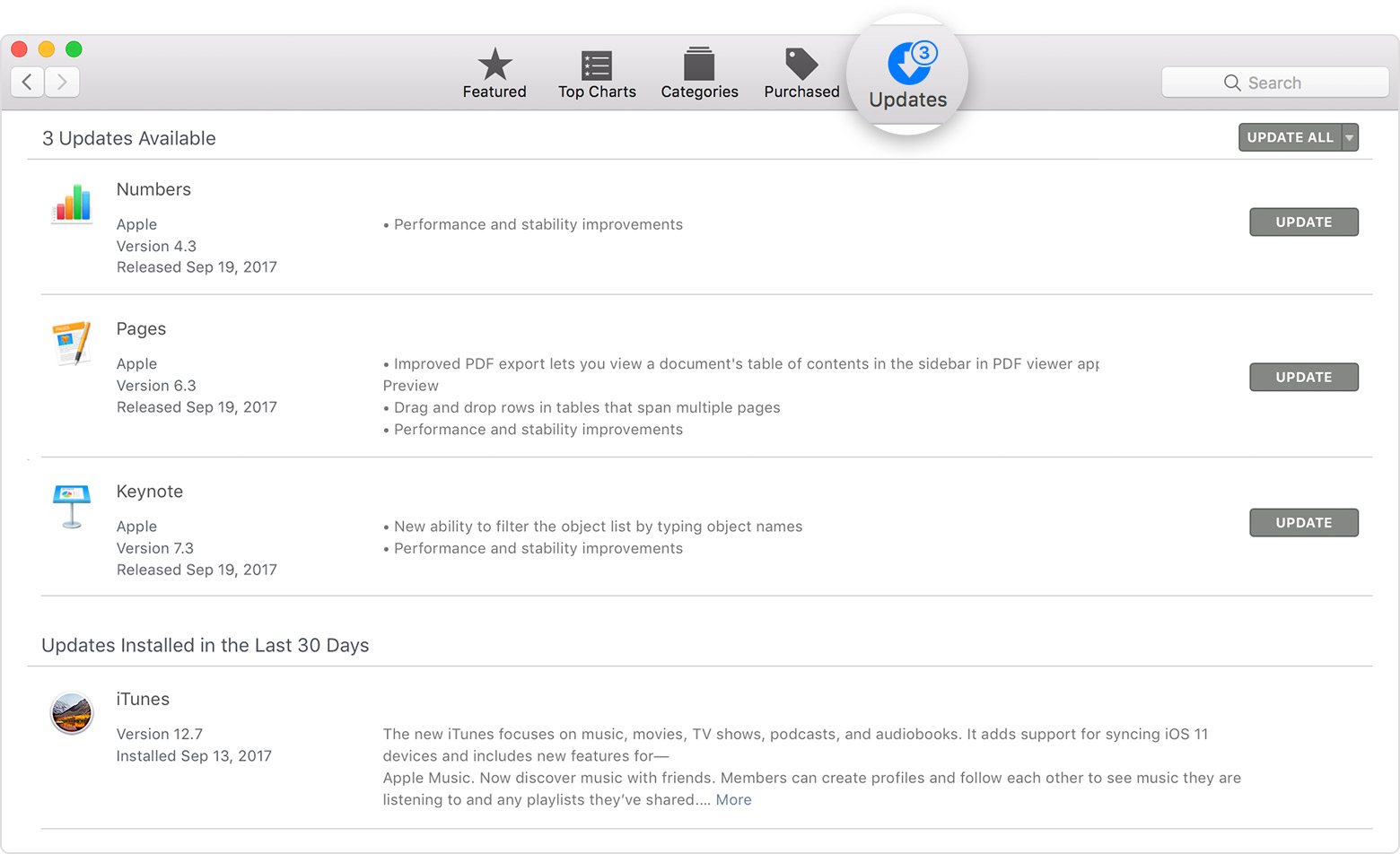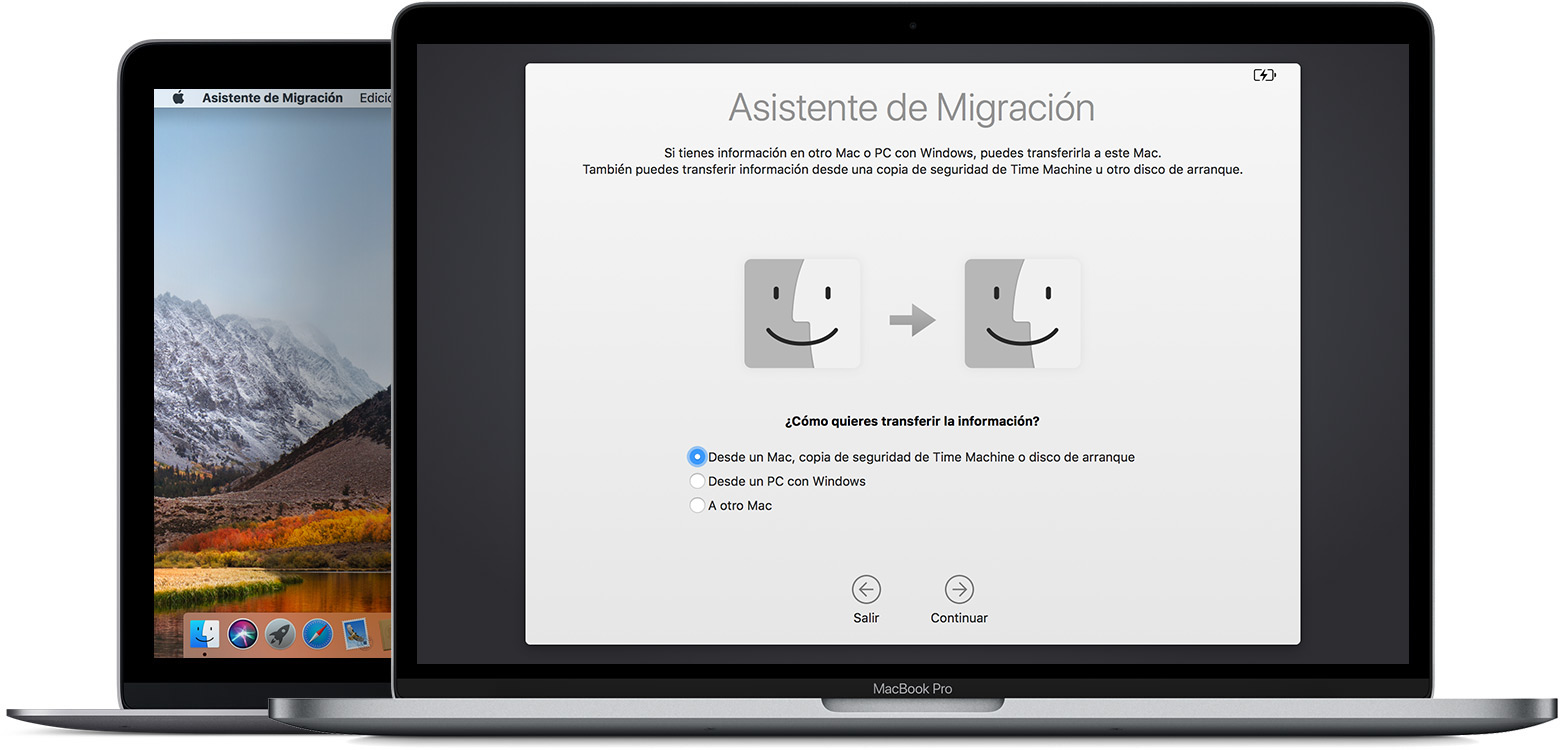Contents
- iTunes from Mac to Mac

From the bestselling author of The Snowman - an explosive new thriller. In the depths of winter a killer stalks the city streets. Two women are found drowned in their own blood. A third woman is hanged from a diving board. YOU ARE ALLOWING THIS KILLING TO GO ON. Mac OS X Leopard (version 10.5) is the sixth major release of Mac OS X, Apple’s desktop and server operating system for Macintosh computers. Leopard was released on 26 October 2007 as the successor of Mac OS X Tiger (version 10.4), and is available in two variants: a desktop version suitable for personal computers, and a server version, Mac OS X Server. Steve Jobs stated at Macworld 2008.
Part 1: How to Transfer iTunes Library from Mac to Mac
Often, Mac users will have more than one Mac in their home. It is the nature of the beast, as they may be so pleased with their exclusive Mac environment that there may suddenly be a MacBook or an iMac in the house where there may have been only one Mac computer previously. So, like households with both PC and Mac systems in them, households with more than one Mac may decide that it’s time to copy their iTunes library from one Mac to another. There are a number of steps to follow when transferring iTunes from one Mac computer to the other, just as there are when you transfer iTunes from PC to Mac. Here is how it’s done:
Step 1. Open iTunes. Go to Preferences > Advanced
From there, click “Keep iTunes Media folder organized” in order to see your iTunes folder stay properly organized and keep the transition from one computer to the other smooth.
Step 2. Deauthorize your computer from the iTunes store
It’s important to ensure that you deauthorize your old computer from the iTunes Store if you are planning on not using your old computer on iTunes anymore. All you need to do is go to Store>Deauthorize this computer, and your old computer will be deauthorized.
Step 3. Move your iTunes Media Folder
From here, it’s simply a matter of closing iTunes on your old computer and moving your iTunes Media folder across the network to your new computer. Locate the Music folder (~/Music) and use either an external hard drive or a wired or wireless network to get the job done.
Step 4. Change the Library on the new computer
Move the iTunes folder to the same location on the new machine as you had it on the old machine. This will help your iTunes on your new computer locate all the music files on your new machine.
Step 5. Launch iTunes while holding down the Option key
A dialog box will open, asking whether you want to 'Cancel', 'Create a new library', or 'Choose an Existing Library'. Select 'Choose Library', then navigate to where you moved the iTunes folder. Remember that you will overwrite any existing music files in your library.

Step 6. Authorize the new computer in the iTunes Store
This allows you to get any authorized purchases in your iTunes account.
While Mac may be the platform of choice for many iTunes users, there are multiple users who have iTunes for PC and may be looking at transferring iTunes to another PC system. Therefore, it is important to know how to transfer iTunes from one PC to another.
Transfer iPhone/iPad/iPod touch music, videos and photos to Mac and iTunes.
Itunes For Macbook
One-click backup to iTunes and manage your songs, videos, and photo albums.
- Copy music from iPhone, iPod, iPad to Mac or iTunes.
- Export videos from iPhone, iPad, iPod to iTunes/Mac.
- Transfer all photos from photo album to Mac or iTunes.
- Copy playlists with rating and play counts to iTunes.
iTools 4 Mac recently came out as the latest Mac iTools updated version with a number of features which are specially designed for Macintosh computers. The Mac OS X versions types such as OS X Leopard, Snow Leopard, Lion, Mountain Lion, Mavericks, Yosemite, El Capitan and the latest macOS version the macOS Sierra and High Sierra are compatible to run the iTools for Mac version without doing any specifications on the Mac operating system. Managing iOS-based devices such as iPhone, iPad and iPod touch is the main purpose of iTools, the iTools is highly capable of manage every look and corner of the iDevices I mentioned above.
The iTools 4 Mac version and the iTunes has a clear difference when comparing those two applications. The compatibility, reliability and the existence of iTools make the iDevice managing more flexible than iTunes. Also, the energy consumption of Mac PC reduced up to 10% when using iTools comparing to the Apple official iOS manager the iTunes. The iTunes is making a number of difficulties which is lead to waste time and the resources of iDevices and Macintosh computers. These unusual behaviors of iTunes sound not good for the iDevices users because they need a fast and easy iPhone, iPad and iPod touch manager. So the iTools 4 Mac is the best alternative for use if you are in a situation to no longer use the iTunes.
Disadvantages of iTunes and advantages of iTools 4
Slow working
Running slow on computers is the major issue of iTunes. Especially the iTunes makes difficulties on the RAM hardly. Even sometimes it doesn’t suit to work with other application alongside, it slows other applications too. The iTools 4 Mac version is simple as ABC to install and run on Macintosh computers. The lightweight of iTools doesn’t make any hard memory management and power consumptions on RAM and the processors.
See the system requirements for iTunes

1GHz Intel/AMD processor (SSE2)
Maximum 2 GB of RAM for play 720p HD and 1080p HD videos.
Maximum screen resolution 1280*800
DirectX 9.0 video card
Nvidia Geforce 8300 or later
400 MB of storage space
Itunes For Mac Leopard Wallpaper

See the system requirements for iTools 4 Mac
Mac OS X 10.7 or later
256 MB RAM
50 MB of storage space
Core to duo Intel or AMD processor
Include Apple’s marketing activities.
The iTunes is an online marketplace that sells music, movies, TV shows, apps, podcasts and etc. If you ever use the iTunes probably you have any experience with this store. The problem is that, why should you engage with a store which is not important for iOS management? How many tasks do you need to do for a single image shared between your PC and iDevice? That’s why I am saying the iTunes marketing activities don’t do anything for iOS management process.
But the iTools 4 doesn’t have any other purposes without managing and sharing data between PCs and Apple Devices.
What’s new on iTools 4 Mac
The iTools 4 Mac armed with valuable iOS management features which are able to manage the latest iOS versions and iOS-based devices. Comparing to other alternatives for iTunes, the iTools has tools and applications more than iTunes. One of the most important tools of iTools is the iTools file manager. The user-friendly interface of iTools file manager makes the sharing file and folder really simple as ABC.
The ringtone maker of iTools allows you to create your own ringtones using your favorite music clips even with your own recordings. If you are bored with the default ringtones of Apple, just try the iTools ringtone maker. On the other hand the iTools backup and restore tool back up and restore any of the files on your iDevice. You can backup your data to the internal drive of your Mac pc or also you can store them on an external drive.
The iTools AirPlayer makes the iPhone screen wide through your Mac PC. You can play games, watch movies, and do presentations on a wide screen by the iTools AirPlayer. The battery master tool of iTools manage all the details of the battery of iDevices. It shows battery health, current voltage, ampere value, and etc. The data migration tool helps to share data between two iDevices. You can have your old iPhone, iPad, and iPod touch data on your new iPhone, iPad or iPod touch, even with the latest iPhone 7 and iPhone 7 plus.
How to install iTools on Mac computer
Download the latest version of iTools. Currently, iTools 4 Mac is the latest version of iTools. Use a proper link to download the iTools and simply run the iTools installer on our computer. The installer automatically downloads the driver and other components to complete the installation process.
iTools compatible iOS versions
The iTools compatible iOS versions which are released after the iOS 7. All compatible iOS versions are iOS 5, iOS 6, iOS 7, iOS 8, iOS 9, iOS 10, iOS 11.
Itunes For Macbook Air
Itunes For Mac Leopard Dmg
